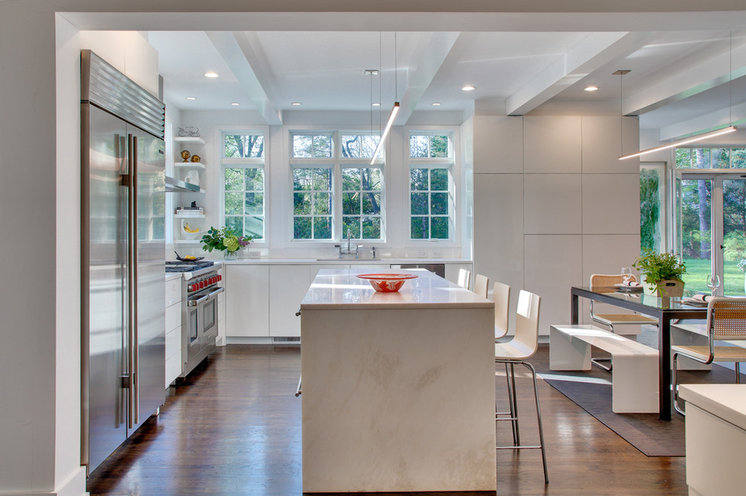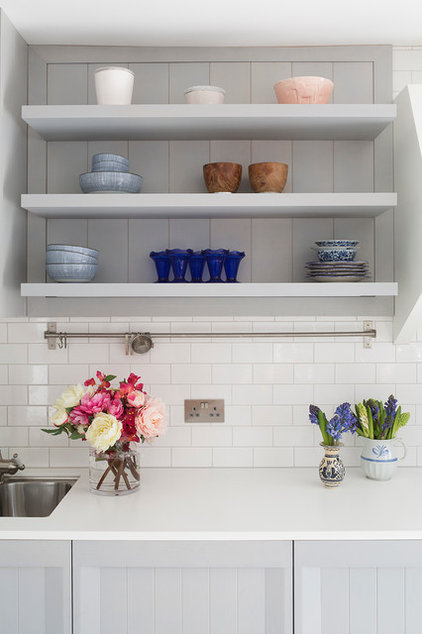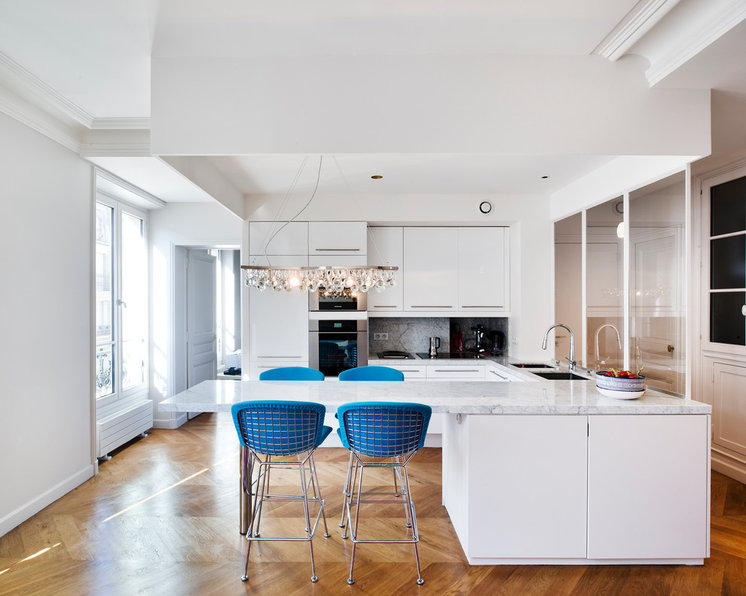With the release of the final estimates of first quarter 2015 GDP growth (a decline of -0.2%), housing’s share of gross domestic product (GDP) grew to 15.45%, with home building and remodeling yielding 3.14 percentage points of that total.
Housing-related activities contribute to GDP in two basic ways.
The first is through residential fixed investment (RFI). RFI is effectively the measure of the home building and remodeling contribution to GDP. It includes construction of new single-family and multifamily structures, residential remodeling, production of manufactured homes and brokers’ fees. For the first quarter, RFI was 3.14% of the economy.
The RFI component reached a $512 billion annualized pace during the start of the year. This is the highest quarterly rate for RFI since the middle of 2008.
The growth for RFI at the start of 2015 added 0.21 points to the headline GDP growth rate (GDP would have declined 0.4% absent the RFI component).
The second impact of housing on GDP is the measure of housing services, which includes gross rents (including utilities) paid by renters, and owners’ imputed rent (an estimate of how much it would cost to rent owner-occupied units) and utility payments. The inclusion of owners’ imputed rent is necessary from a national income accounting approach because without this measure increases in homeownership would result in declines for GDP. For the first quarter, housing services was 12.3% of the economy or $2 trillion on an annualized basis.
Taken together, housing’s share of GDP was 15.45% for the start of the year.
Historically, RFI has averaged roughly 5% of GDP while housing services have averaged between 12% and 13%, for a combined 17% to 18% of GDP. These shares tend to vary over the business cycle.
read more….
http://eyeonhousing.org/2015/06/housings-share-of-gdp-expanded-at-the-start-of-2015/





